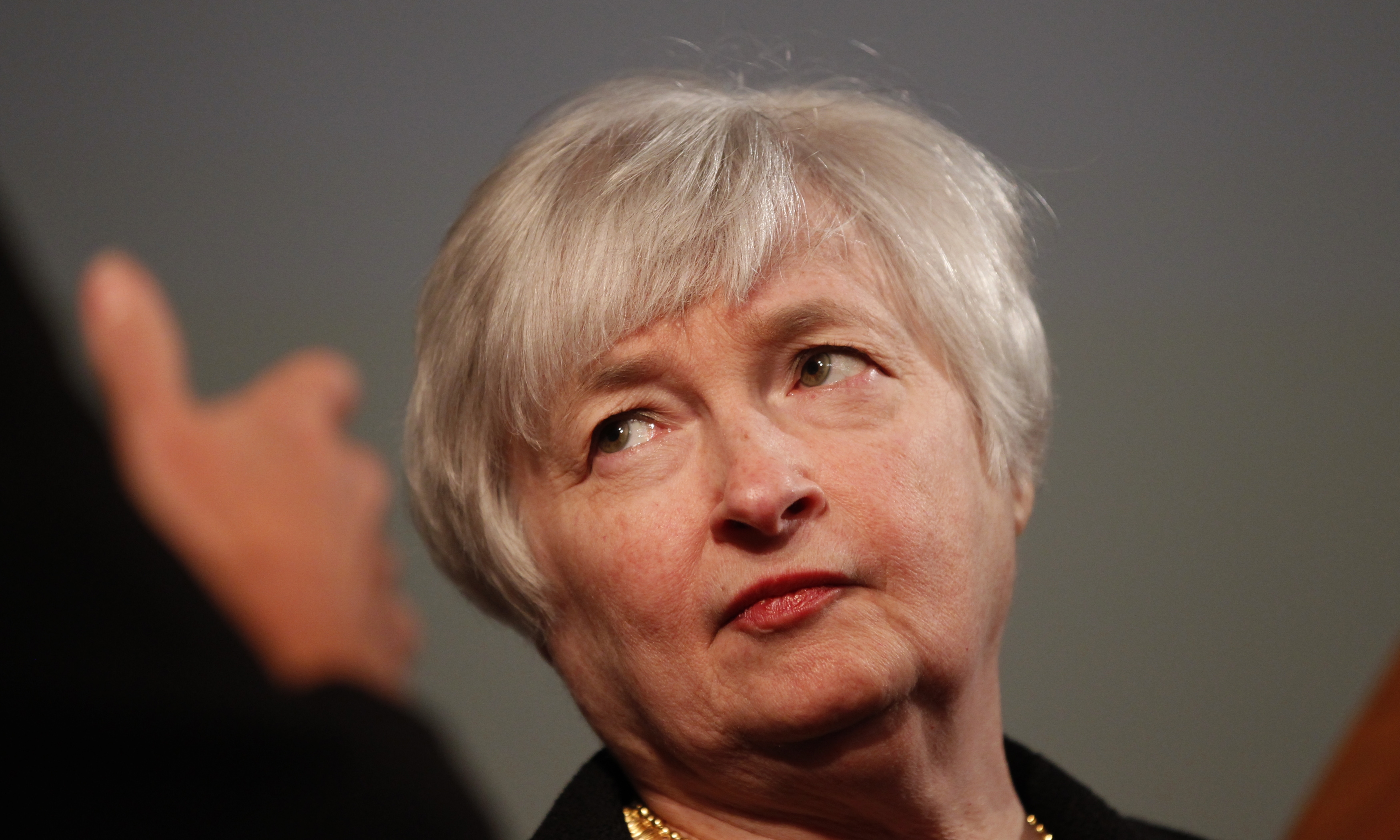Brent crude pushed above the key psychological level to trade above $50 for the first time since November 2015. The 85% rally since Brent hit a 12-year low in January was supported by multiple factors, mainly oil disruption from major exporters and a production cut back by U.S. shale producers.
Meanwhile, the double than expected drop in U.S. inventories supported bulls to keep holding their long positions. According to Wednesday’s U.S. Energy Information Administration report, inventories dropped by 4.23 million barrels last week, versus expectations of 2.5 million decrease.
Whether the bullish trend still has legs or if an imminent correction is due remains a wild guess, as speculators over-exaggerate on the upside as they did recently on the downside. However, OPEC’s meeting on June 2 remains to be the key risk factor in the short term as markets are eager to know whether an agreement on a potential oil freeze will see the light.
In the FX markets, the Yen outperformed its major peers despite the rally seen in Tokyo’s stock exchange which usually moves in an opposite direction to the currency. Yen strength followed from conflicting messages from Japan’s policy makers on whether a tax hike will be delayed, but the upside potential will likely be limited as traders await Chair Janet Yellen’s comments on Friday to provide more clues on the path of tightening monetary policy, and whether she supports earlier calls from her colleagues signaling for an imminent rate hike.
Advertisement
The Pound continued to rock early Thursday, trading at a 3week high against the dollar and a 3-and-a-half-month high against the Euro as Brexit worries continued to ease. GBPUSD which has rallied by more than 6% since late February has been clearly driven by voting polls, reducing the Brexit risk premium priced earlier in the year. This suggests that a bounce in GBP should be limited if the UK voted to stay in the EU, and fundamentals which have been ignored most recently will be back in play. UK’s second GDP reading is due to release at 8:30 GMT, and expected to remain unchanged at 0.4%, so expect little impact on the pound.
Commodity currencies moved in different directions today. While the Canadian dollar received a boost from the less dovish than expected statement from BoC and higher oil prices, the Kiwi slid to a two-month low against the dollar as Fonterra, the world’s biggest dairy exporter, forecast a lower than expected payout to its farmers.
On the US data front, durable goods orders and pending home sales will provide further indications on the speed of the U.S. economic recovery. Investments weighed heavily on Q1 GDP as businesses reduced their purchases, and today’s figures will provide an indication on whether businesses investments will rebound, thus a higher than expected figures could lend additional support for USD bulls.
Advertisement
For more information please visit: ForexTime
Add a comment






